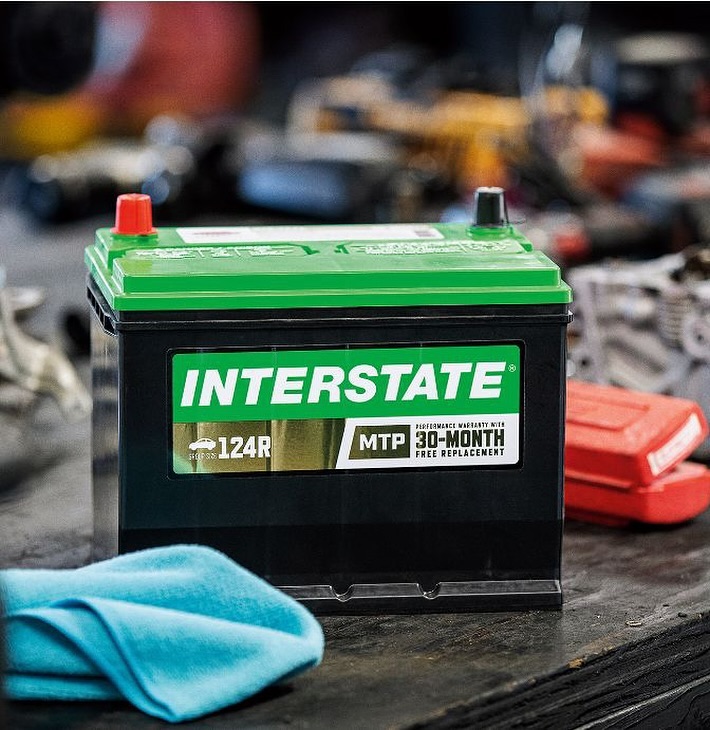
Ensuring your vehicle stops smoothly and reliably is crucial for safe driving. While the primary braking system handles everyday stops, there are instances when it might not perform as expected. This is where the emergency brake comes into play, serving as a vital backup to your car's braking system.

Motorvero
December 14, 2024

If you notice that your brake pedal feels spongy or soft, it's essential to investigate the underlying causes to ensure your vehicle's safety. Common culprits include issues with the master cylinder and caliper pistons. A sinking brake pedal after stopping typically points to problems with the brake fluid.

Motorvero
December 14, 2024

When you invest in a vehicle, gaining knowledge about its various systems and components is crucial. This understanding not only helps you identify and address potential issues before they escalate into expensive repairs but also empowers you to perform DIY maintenance and fixes with confidence. One essential system to familiarize yourself with is the disc brake system.

Motorvero
December 14, 2024

Brake maintenance is a critical aspect of vehicle upkeep that ensures your safety and the safety of others on the road. Properly functioning brakes are essential for effective stopping, especially in emergency situations. Understanding the costs associated with brake repairs and knowing when to perform maintenance can help you budget accordingly and avoid unexpected expenses.

Motorvero
December 14, 2024

An Anti-lock Braking System (ABS) is a critical safety feature integrated into most modern vehicles. Designed to prevent the wheels from locking during sudden or forceful braking, ABS allows drivers to maintain steering control and avoid skidding. This system rapidly modulates brake pressure, ensuring that the vehicle remains stable and responsive, especially in emergency situations.

Motorvero
December 14, 2024

Your vehicle's battery plays a crucial role in ensuring all electronic components function properly when the engine is off. While its primary function is to power the starter motor during engine startup, a failing battery can lead to a host of issues that extend beyond mere inconvenience. If you've been grappling with the question, "Why does my car battery keep dying?", this comprehensive guide from MotorVero will provide valuable insights and practical solutions to help you maintain your battery's health and avoid unexpected expenses.

Motorvero
December 13, 2024

With approximately 6 million hybrid vehicles navigating the roads in the United States, the popularity of hybrid cars continues to rise. The primary drivers behind this surge are the reduced emissions and the lower fuel consumption that hybrids offer. These vehicles utilize electrical energy stored in high-voltage batteries, which can power the car independently or in conjunction with the gasoline engine. This dual-power system not only enhances fuel efficiency but also contributes to a cleaner environment.

Motorvero
December 13, 2024

Your vehicle’s 12-volt system plays a crucial role in starting the engine, especially under challenging conditions like cold weather. The battery not only provides the necessary power to crank the engine but also serves as a backup when the alternator cannot keep up. Ensuring your battery remains fully charged is vital, whether it’s being used frequently or after extended periods of inactivity.

Motorvero
December 13, 2024

A portable battery jump starter is a compact, self-contained device designed to provide the necessary power to start a vehicle's engine without the need for another vehicle's battery. Unlike traditional jumper cables, which require two cars to work in tandem, a jump starter functions independently by delivering a surge of electrical energy directly to the dead battery. These devices are equipped with built-in rechargeable batteries, making them a convenient and reusable tool for motorists.

Motorvero
December 13, 2024

A car battery is a rechargeable power source that supplies electrical energy to a vehicle's starting, lighting, and ignition (SLI) systems. Most vehicles utilize a 12-volt lead-acid battery, which is composed of multiple cells that generate the necessary voltage to start the engine and support the vehicle's electrical needs.

Motorvero
December 13, 2024

Maintaining your vehicle involves various tasks, and one essential component that requires periodic attention is the car battery. Even with meticulous care, a battery's lifespan is limited. Replacing your car battery yourself can offer significant advantages, including cost savings and the personal satisfaction of completing a straightforward DIY project.

Motorvero
December 13, 2024

Yes, jumpstarting a car in the rain is generally safe when you adhere to proper safety protocols. Modern vehicles are designed to withstand wet conditions, and their electrical systems can handle the moisture typically encountered during rainfall. However, exercising caution is crucial to prevent accidents or damage to your vehicle's electrical components.

Motorvero
December 13, 2024

Experiencing a radiator leak can be unsettling, especially when you notice a pool of coolant under your vehicle or see the temperature gauge steadily creeping upward. The radiator is a critical component of your car’s cooling system, helping maintain proper engine temperature and preventing severe damage due to overheating. If your radiator fails to hold coolant, the engine’s temperature control becomes compromised.

Motorvero
December 13, 2024

Automotive cooling systems have evolved significantly over the years, yet many older and even some modern internal combustion engines still rely on mechanical clutch fans to regulate temperature. A clutch fan adjusts its engagement according to the engine’s heat level, supplying optimal airflow through the radiator when temperatures rise.

Motorvero
December 12, 2024

When your vehicle’s cabin refuses to warm up on a brisk morning drive or you notice a sweet odor inside as you switch on the heater, it may be time to consider a heater core replacement. The heater core is a key element in your car’s heating system, transferring heat from the engine’s coolant to the cabin’s airflow. Over time, sediment buildup, corrosion, or physical damage can cause this component to underperform or fail altogether.

Motorvero
December 12, 2024